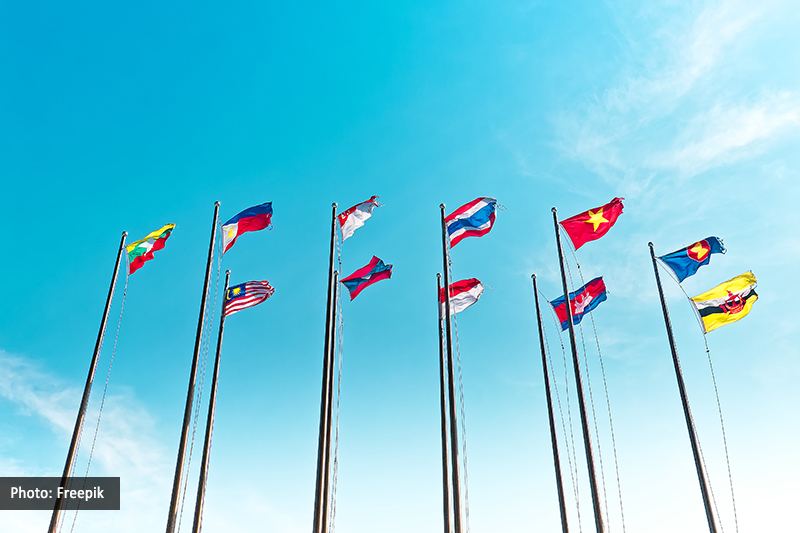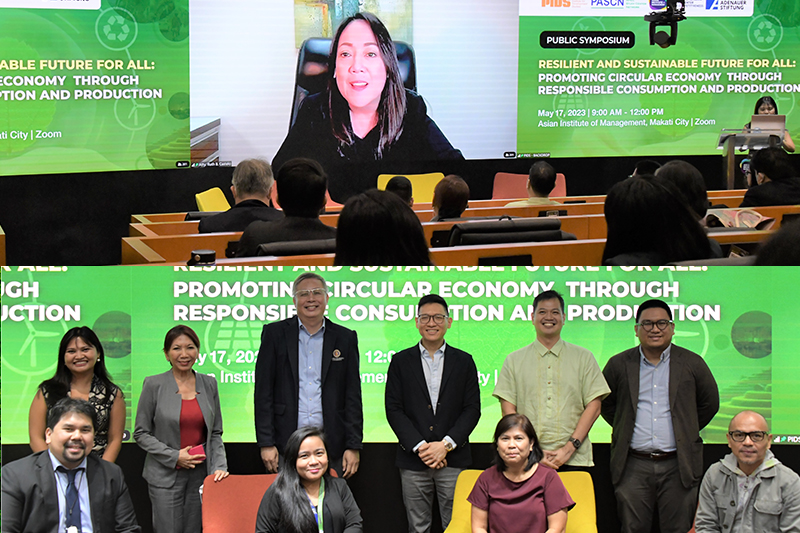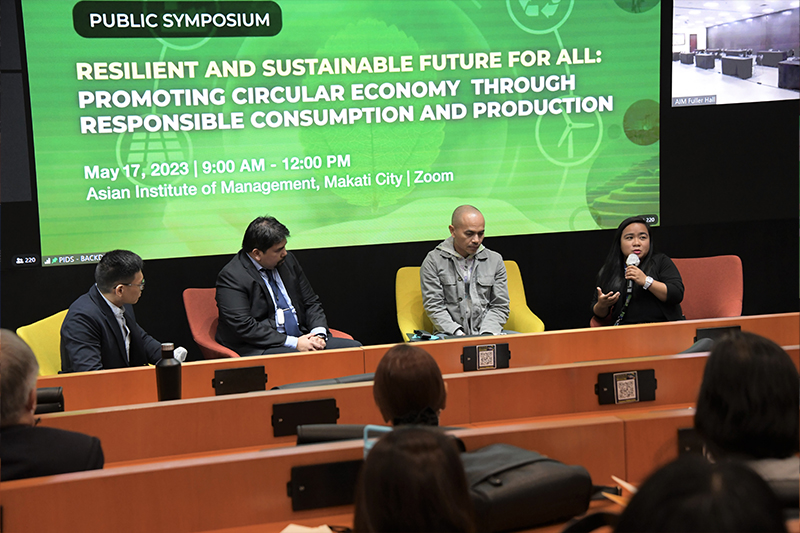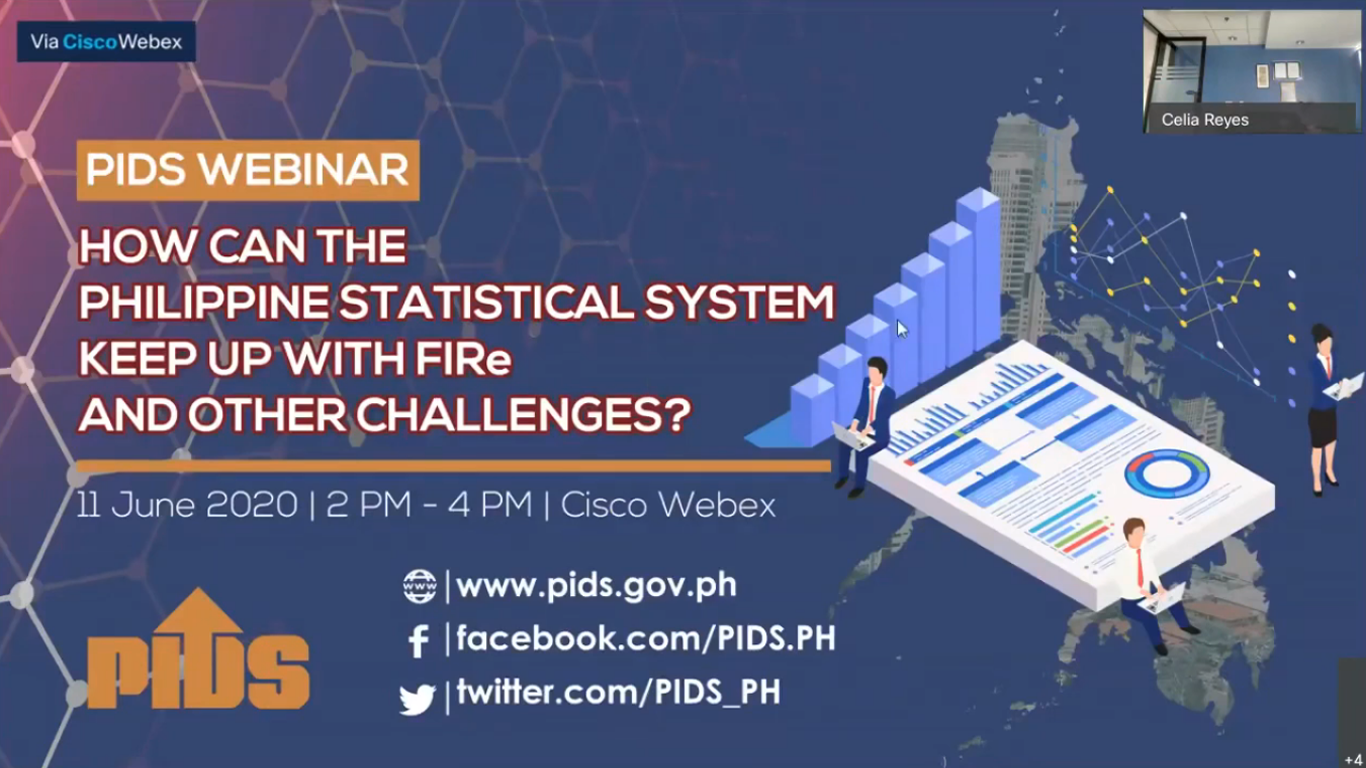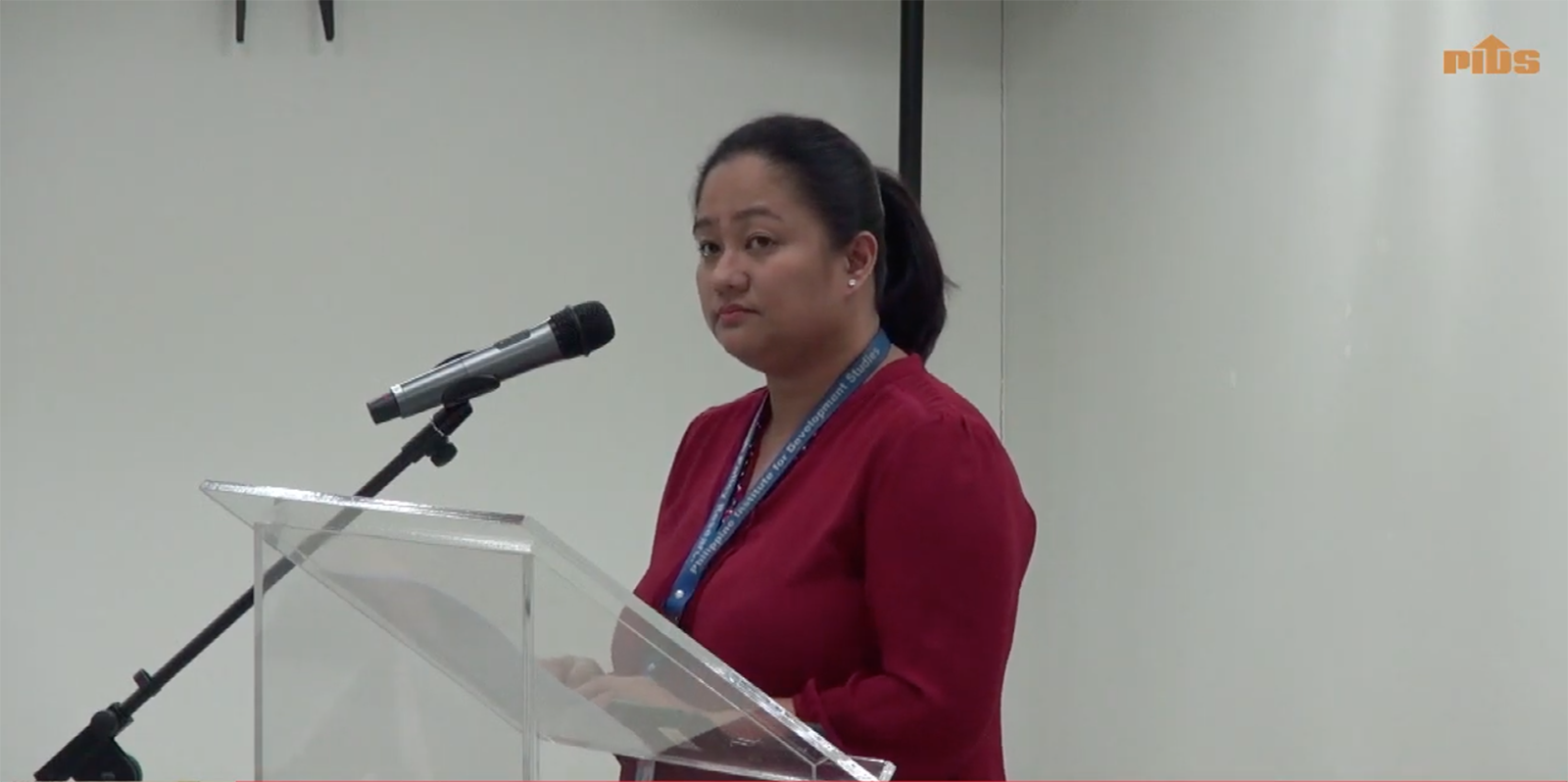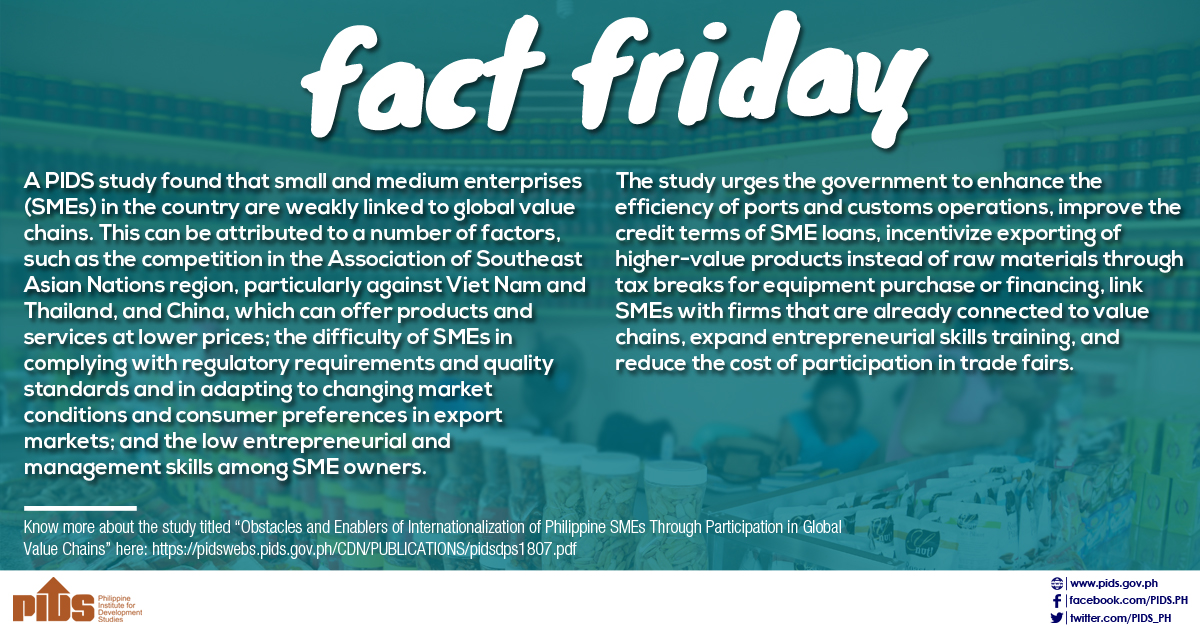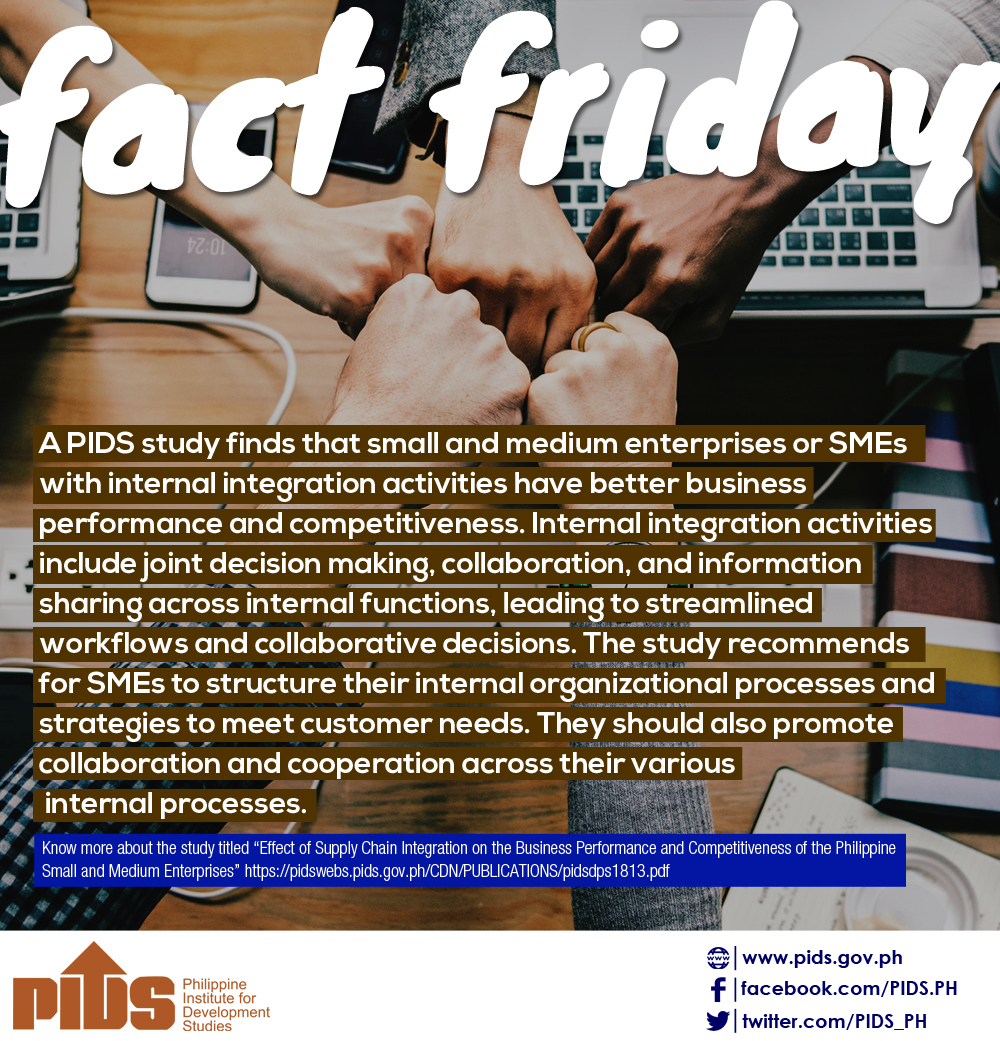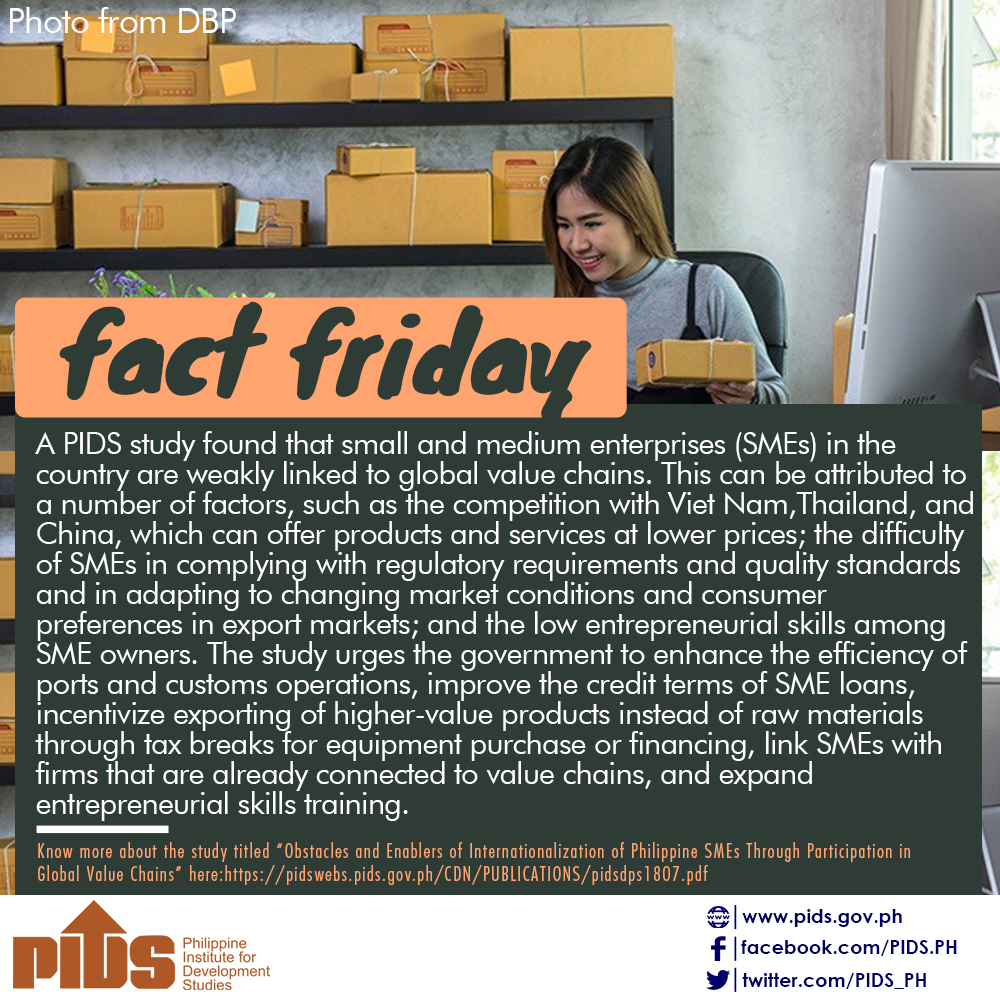Last Sunday, Filipinos came in droves – walking, biking, on motorcycles – to see just how “white sand” could change Manila Bay’s seascape. It was for many a welcome diversion to the boredom of having been in the relative strict containment of quarantines for months now.
In varying degrees of correctness (or incorrectness) with regards the observance of health safety rules during the pandemic, people enjoyed the sights and – to a lesser degree – the still-pungent sea breeze that understandably underlies the continued no-swimming rule in the bay’s waters.
For whatever justifications that the Department of Environment of Natural Resources (DENR) has conjured in spending P389 million of tax money, which includes P28 million for the crushed dolomite exported from Cebu to paint this short stretch of visual sensation, the deed is done.
There may continue to be a smattering of protests over a variety of reasons, but overall, many of the Metro Manila residents who came were appreciative of the government’s effort to “white sand wash” the everyday drudgery of curtailed incomes.
Elusive dream
As the country’s economic hub and home to majority of Filipinos advance to the seventh month of lockdowns, 77 percent of micro and small businesses have already closed down leaving millions without regular paying jobs.
Even more distressing is the government estimate that that 62 percent of medium-sized companies have also closed, and those that have remained open are contending with sales that have dropped by as much as 66.5 percent.
There is little hope of seeing these businesses getting back to the grind within the year as capital of small private investors – the mom-and-pop kind – have been so emaciated by the economic uncertainties of the last six months.
Understandably, local and international economists are warning of a deepening in poverty rates, but perhaps more importantly, the curtailment of economic power of the middle class on whose shoulders lie the Philippines’ elusive dream to cross over to middle-income-nation status during the current administration’s term.
Focusing on SMEs
A recent discussion paper published by the Philippine Institute for Development Studies points out that as many as 1.5 million Filipinos could be thrown into poverty as a result of the business closures and job losses, even with the continued government social amelioration projects.
The authors opined “social protection should be at the core of government policy,” and that opting for unconditional cash transfers or a universal basic income “could have been a faster opportunity for government to provide support in the midst of the effects of the economic slowdown.”
Of course, this course of action would have been unacceptable to the government’s economic team given the national budgetary constraints, aggravated by the pandemic and the impossibly huge burden of financing a universal basic income program to support individuals and families affected by job losses and furloughs.
Even developed countries in Europe and America have balked at extending the issuance of social rescue checks beyond six months, opting instead to restart their economies and coax back jobs that had been lost by supporting small and medium enterprises (SMEs).
Thus, it makes better sense for the state to focus on providing opportunities for SMEs to quickly get back on their feet, and to create more jobs than had been lost during the lockdowns.
Lending constrictions
Unfortunately, the extension of the Bayanihan to Heal as One Law (Bayanihan 2), as recently signed by the President, will not be enough to create as quickly as possible the desired effect on the SMEs that have managed to survive.
Access to loans will continue to be a challenge for SMEs, even with the infusion of almost P40 billion to government banks unless some major structural changes are quickly adopted to ease the current constrictions.
The added costs of operating under the new normal – reduced work force and operational productivity, added disinfecting and sanitation procedures, and sometimes, provision of transportation modes – are already a burden to many SMEs.
Add the contraction in sales and a piling up of loans over the months under lockdown, and the effect could be devastating particularly to a small business that had just started operating less than five years ago. Thus, the Bayanihan 2 provision allowing borrowers to defer paying their loans for two months may not help small business owners much.
What SMEs need
What SMEs need is a waiver of all fees on loans for one year or more from the money that has been allocated from the Bayanihan 2, as well as an increase in loan guarantees for fresh working capital to allow the extended funding of fixed operating expenses while income levels continue to be depressed.
More importantly, SMEs need to band together to work with government and banking institutions on a clear plan to keep them solvent during the pandemic. In the United States, there is a proposal for a small business workforce stabilization plan that would allow the provision of financial assistance to small businesses which were solvent before the crisis, as long as they are able to bring back their work force numbers to pre-pandemic levels within 12 months after the crisis.
There are many ways of fashioning this lifeline, but it will need the concerted effort and mutual trust of all parties involved. Keeping SMEs alive would be one of the best economic stimuli to tide us over during these uncertain times.




